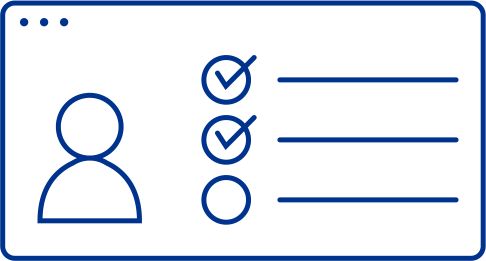Canada is a country of skilled, passionate and resilient individuals. As International Day of Persons with Disabilities, recognized every December 3, so importantly reminds us, we share a responsibility for ensuring everyone has the means to engage with their families, careers and communities in impactful ways, even when physical or mental barriers appear in our path.
Championing inclusivity for people with disabilities is a virtuous goal on paper, but what does it mean in practice? How do we come together as families, friends, employers, allies and community members to promote inclusivity for people with disabilities—especially when the term “disability” refers to a broad spectrum of physical and mental circumstances? From what I’ve learned through my career, much of the real work begins when we seek to create community and workplace cultures that promote assistive tools and technologies, empower inclusive role models and keep the needs of people with disabilities in focus.
Inclusive and assistive technologies are already playing a major role in bridging critical gaps for people with disabilities. Today, in our homes and workspaces, we have access to mobile technologies that provide visual and audio assistance, robotics that can assist in overcoming physical challenges and adaptive and artificially intelligent tools that can help individuals read, understand and engage with their environments on a deeper level. On a larger scale, we are designing and retrofitting our built environments to be more accessible to individuals with physical limitations. Thanks to disability tech think tanks, incubators and innovation hubs around the world, these solutions are becoming more accessible and acknowledged.
I’m also encouraged to see more individuals with disabilities get a deserved spotlight in the public. I’m not talking only about world and business leaders, but the athletes, artists and community leaders who have achieved great success while managing physical or mental health barriers. Events like the Paris 2024 Paralympic Games and Canadian Disability Hall of Fame awards are putting talented and tenacious individuals with disabilities on a deserved podium; with each new iteration, they are eliminating the biases and misconceptions that hold others back from reaching their own full potential.







